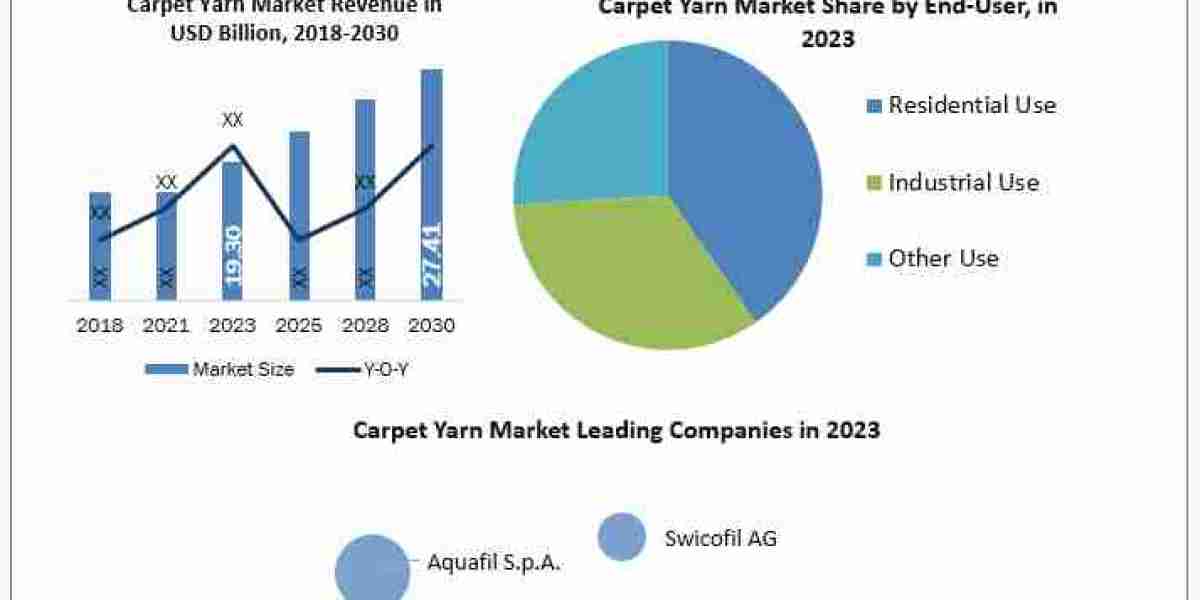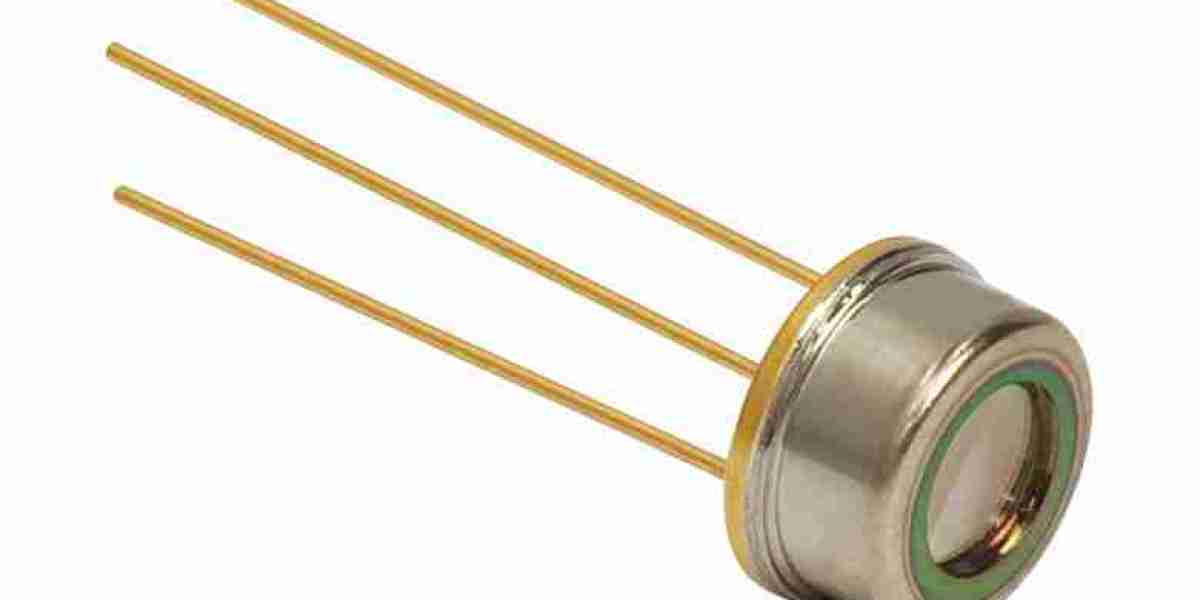The automotive intercooler market is gaining significant momentum due to its essential role in modern engine performance and fuel efficiency. As the automotive industry shifts toward cleaner and more efficient technologies, intercoolers have become vital components in vehicles equipped with turbocharged or supercharged engines. This changing landscape presents a range of opportunities for market growth, innovation, and strategic expansion.
Rising Demand for Turbocharged Engines
One of the most prominent opportunities stems from the increasing use of turbocharged engines in both commercial and passenger vehicles. Turbocharging enables smaller engines to produce higher power while maintaining fuel economy—a crucial advantage amid rising fuel prices and stringent emission norms. Intercoolers are essential in turbocharged systems as they reduce the temperature of compressed air before it enters the engine, increasing air density and improving combustion efficiency.
As more automakers adopt turbocharging to comply with global fuel economy standards, the demand for efficient and compact intercoolers is set to rise sharply, offering manufacturers an expanding avenue for product development and sales.
Expansion in Hybrid and Plug-in Hybrid Vehicles
While fully electric vehicles (EVs) do not require intercoolers, hybrid and plug-in hybrid electric vehicles (PHEVs) often include combustion engines that rely on turbocharging for performance. This presents a significant opportunity, especially as hybrid technologies are expected to dominate the market during the transition phase toward full electrification.
Many regions with emerging automotive markets may adopt hybrid vehicles as a stepping stone, due to limited EV infrastructure. These vehicles require compact and highly efficient intercoolers that can work seamlessly with complex powertrain configurations, presenting an opportunity for manufacturers to develop specialized solutions.
Advancements in Intercooler Technologies
Innovation in intercooler design and materials is another critical area of opportunity. Traditional air-to-air systems are being supplemented or replaced by air-to-liquid intercoolers, which offer faster cooling and better thermal performance, especially under high-load conditions. These systems are gaining popularity in sports cars, performance vehicles, and even premium sedans.
Moreover, the use of lightweight materials such as aluminum alloys and advanced composites contributes to overall vehicle weight reduction, improving fuel economy. Manufacturers that invest in developing lightweight, compact, and high-performance intercoolers are well-positioned to capitalize on these trends.
In addition, there is growing interest in smart intercoolers integrated with sensors and control systems. These technologies enable real-time monitoring and performance adjustment, allowing vehicles to optimize thermal efficiency under varying driving conditions. Smart intercooling solutions open new frontiers for innovation in both OEM and aftermarket applications.
Aftermarket Growth Potential
The automotive aftermarket is a thriving segment, particularly in North America and Europe, where consumers frequently upgrade vehicle components to enhance performance. Enthusiasts and tuning professionals often replace factory intercoolers with larger or more efficient versions to support engine modifications or improve reliability.
This growing aftermarket segment presents a lucrative opportunity for specialized manufacturers offering performance intercoolers, especially for sports cars, pickup trucks, and off-road vehicles. Custom intercooler kits, universal fitments, and branded performance solutions are gaining traction in the global tuning community.
Growing Markets in Asia-Pacific and Latin America
Emerging economies in the Asia-Pacific and Latin American regions represent vast untapped potential. Rising disposable incomes, growing automotive production, and increasing consumer awareness of fuel efficiency are boosting the demand for vehicles with turbocharged and hybrid engines in these regions.
Countries like China and India are at the forefront of this growth, with aggressive emission targets and strong local automotive industries. Intercooler manufacturers that establish a presence in these markets—through local partnerships, manufacturing hubs, or direct distribution—can gain a competitive edge.
Regulatory Push and Environmental Considerations
Stringent emission and fuel economy regulations across regions such as the European Union, North America, and parts of Asia are compelling automakers to adopt more efficient engine components, including advanced intercoolers. Regulatory frameworks like Euro 6, CAFE standards, and Bharat Stage VI in India are driving technological upgrades across the industry.
This regulatory push creates sustained demand for improved intercooling solutions that help engines achieve better combustion efficiency and lower emissions. Manufacturers aligned with evolving regulatory needs will find ample opportunities to deliver value-added, compliant products.
OEM Collaboration and Product Diversification
Opportunities also exist in collaborating with original equipment manufacturers (OEMs) to co-develop next-generation intercooling systems. These partnerships enable component suppliers to align closely with automaker specifications, offering customized and integrated solutions from the concept stage.
In parallel, diversification of the product portfolio—offering intercoolers for different vehicle types such as passenger cars, light commercial vehicles (LCVs), and heavy-duty trucks—can help manufacturers target multiple market segments and reduce reliance on a single category.
Challenges and Strategic Focus
Despite the positive outlook, the automotive intercooler market faces challenges such as the growing shift to full electric vehicles, which do not require traditional intercoolers. However, this shift is gradual, and hybrids will continue to hold a large market share for the next decade.
Also, cost sensitivity in developing markets may limit the adoption of advanced intercooling systems unless manufacturers can offer cost-effective alternatives. Focusing on scalable designs, local production, and modular components can help address these barriers and unlock broader market access.
Conclusion
The automotive intercooler market is rich with opportunities driven by technological advancements, regulatory dynamics, and evolving consumer preferences. From turbocharged vehicles to hybrid powertrains, intercoolers remain a key enabler of efficiency and performance.
Manufacturers who embrace innovation, explore regional growth, tap into the aftermarket, and build strategic OEM alliances will be well-positioned to thrive in this expanding market. With demand continuing to rise across diverse automotive segments, the intercooler industry is poised for a dynamic and opportunity-rich future.



